The Impact of Disadvantaged Neighborhoods on AML Treatment Outcomes
Acute Myeloid Leukemia (AML) is a fast-progressing form of cancer that affects the blood and bone marrow. While advancements in medicine have improved treatment protocols, disparities in health outcomes remain, particularly for patients from disadvantaged neighborhoods. The social determinants of health—factors like socioeconomic status, access to healthcare, and neighborhood environment—play a critical role in shaping treatment success for AML patients.
Socioeconomic Status and AML Outcomes
Patients from lower-income neighborhoods often face significant barriers to timely diagnosis and treatment. Limited access to specialized cancer centers and comprehensive healthcare coverage can delay crucial interventions. Research suggests that these delays are associated with poorer survival rates, as AML requires aggressive and immediate treatment to achieve remission.
Furthermore, financial toxicity—the economic burden of cancer treatment—can disproportionately affect individuals in economically disadvantaged areas. Out-of-pocket costs for:
- chemotherapy
- hospital stays
- supportive care
may deter some patients from completing their prescribed treatment plans, directly impacting their prognosis.
Access to Quality Healthcare
Living in underserved neighborhoods often means limited access to quality healthcare facilities and specialists. Rural and urban areas with inadequate medical infrastructure may lack hematologists or oncologists experienced in AML treatment. This lack of expertise can lead to suboptimal care and lower chances of achieving remission.
Moreover, transportation challenges—such as unreliable public transit or long distances to cancer centers—compound these difficulties. For AML patients who require frequent hospital visits for chemotherapy and monitoring, these obstacles can result in missed appointments and fragmented care.
Environmental and Social Stressors
Disadvantaged neighborhoods often expose residents to chronic stressors, such as crime, noise pollution, and substandard housing. These stressors can weaken the immune system and exacerbate comorbid conditions like diabetes or hypertension, which are known to complicate AML treatment. The psychological toll of living in such environments may also contribute to higher levels of anxiety and depression, further impairing patients’ ability to adhere to treatment regimens.
Addressing Disparities in AML Care
Efforts to improve AML treatment outcomes in disadvantaged neighborhoods must address both systemic and individual-level challenges. Potential strategies include:
- Expanding Access to Care: Mobile clinics, telemedicine, and community outreach programs can bring specialized care closer to underserved areas.
- Financial Support Programs: Charitable organizations and government initiatives can help alleviate the financial strain of cancer treatment by covering costs for medications, transportation, and lodging.
- Holistic Patient Support: Integrating mental health services and social work into oncology care can provide essential emotional and logistical support to patients.
- Health Policy Advocacy: Policymakers must prioritize investments in healthcare infrastructure and incentives for providers to serve disadvantaged areas.
To learn more, check out this summary from STAT.
By addressing the socioeconomic and environmental barriers faced by those in disadvantaged neighborhoods, the medical community can move closer to equitable care and improved outcomes for all AML patients. Collaborative efforts between healthcare providers, policymakers, and community organizations are essential to ensuring that life-saving treatments are accessible to everyone, regardless of their zip code.
Elevate your experience even further by incorporating carefully curated supplements from the renowned Asher Longevity Institute, igniting a holistic approach to optimize your body’s vitality and well-being.




